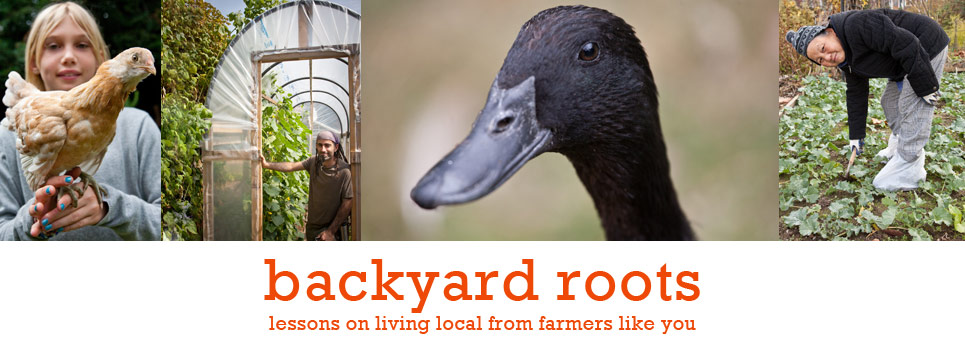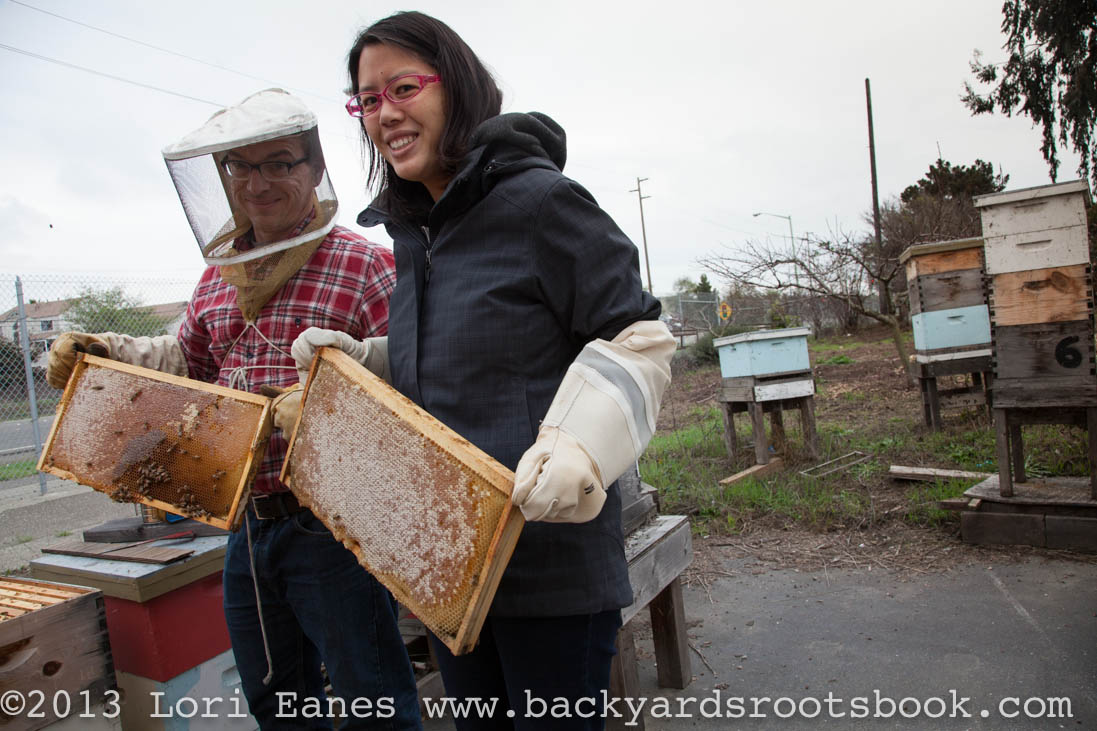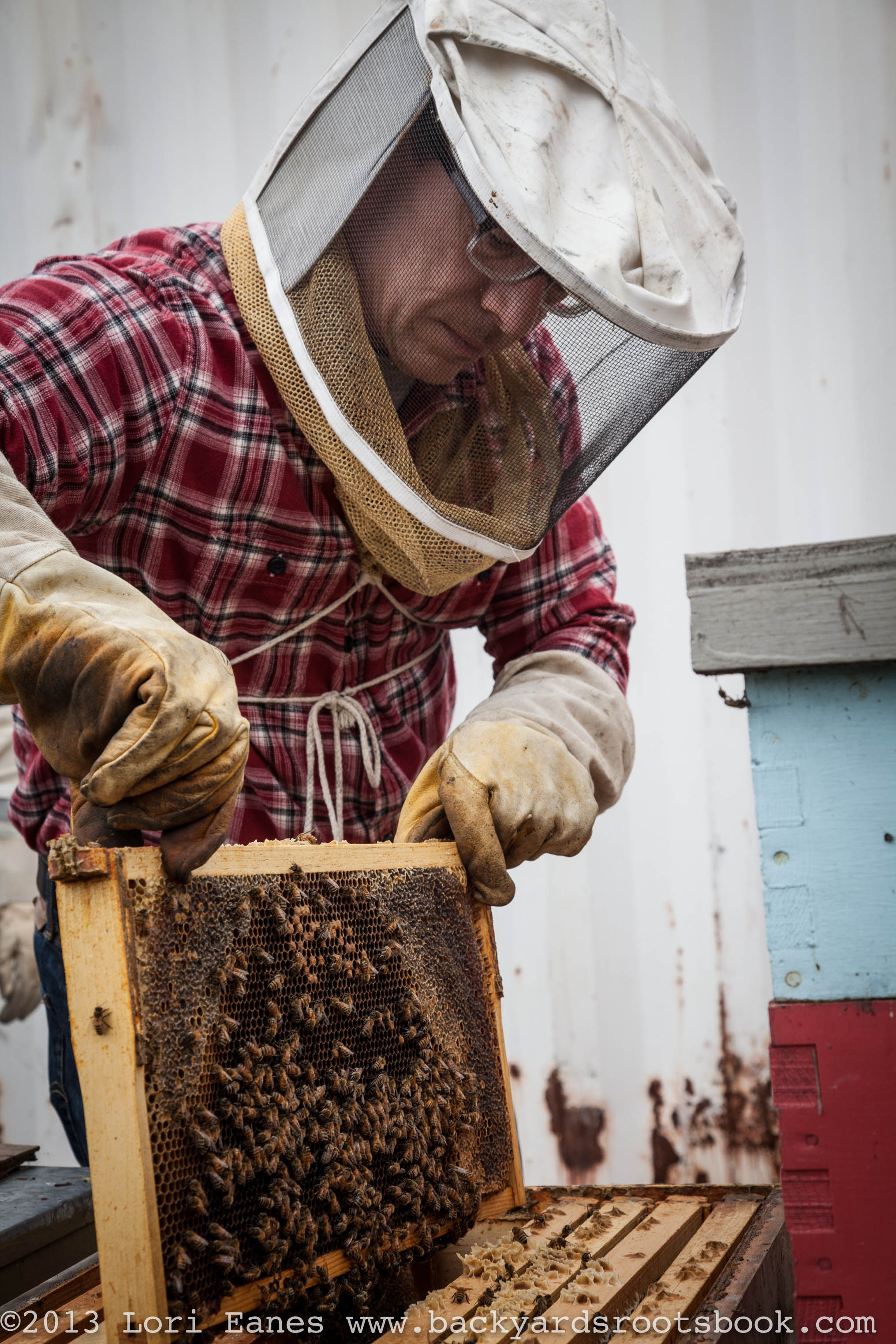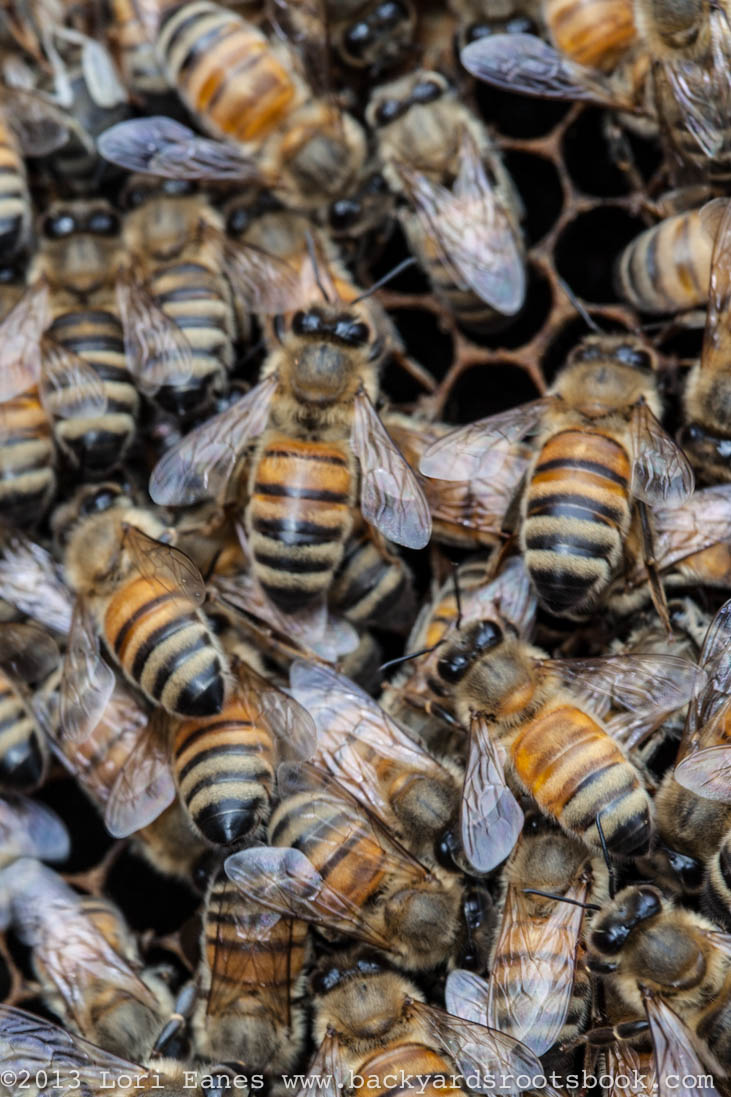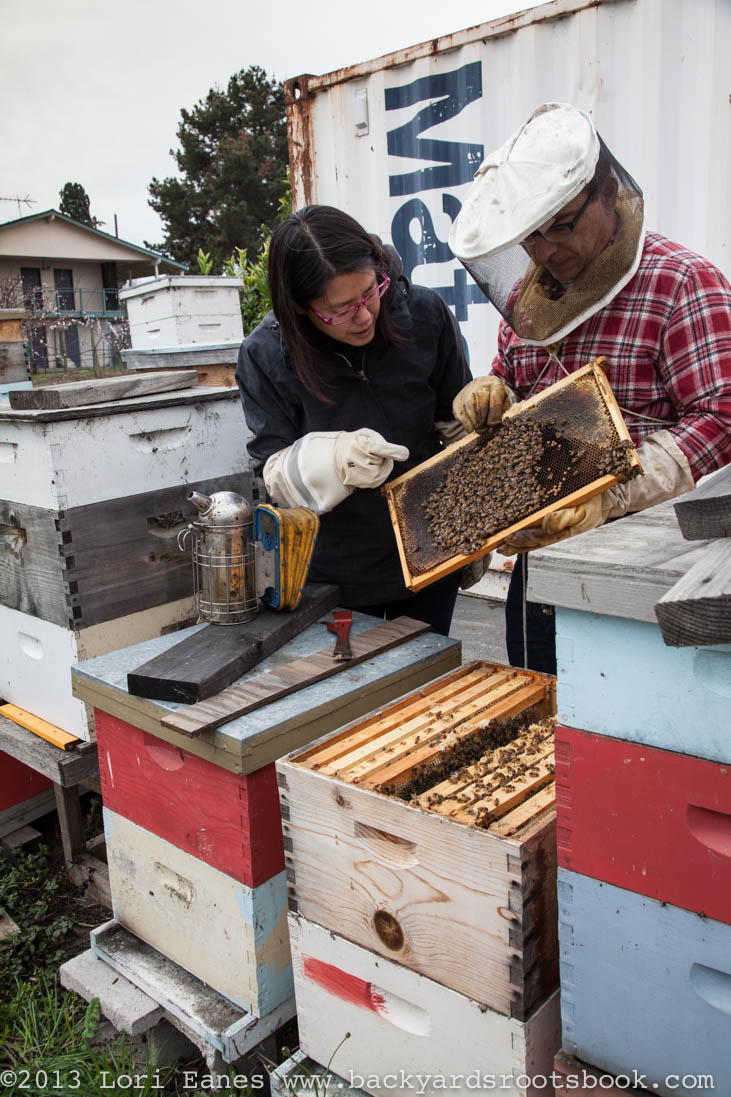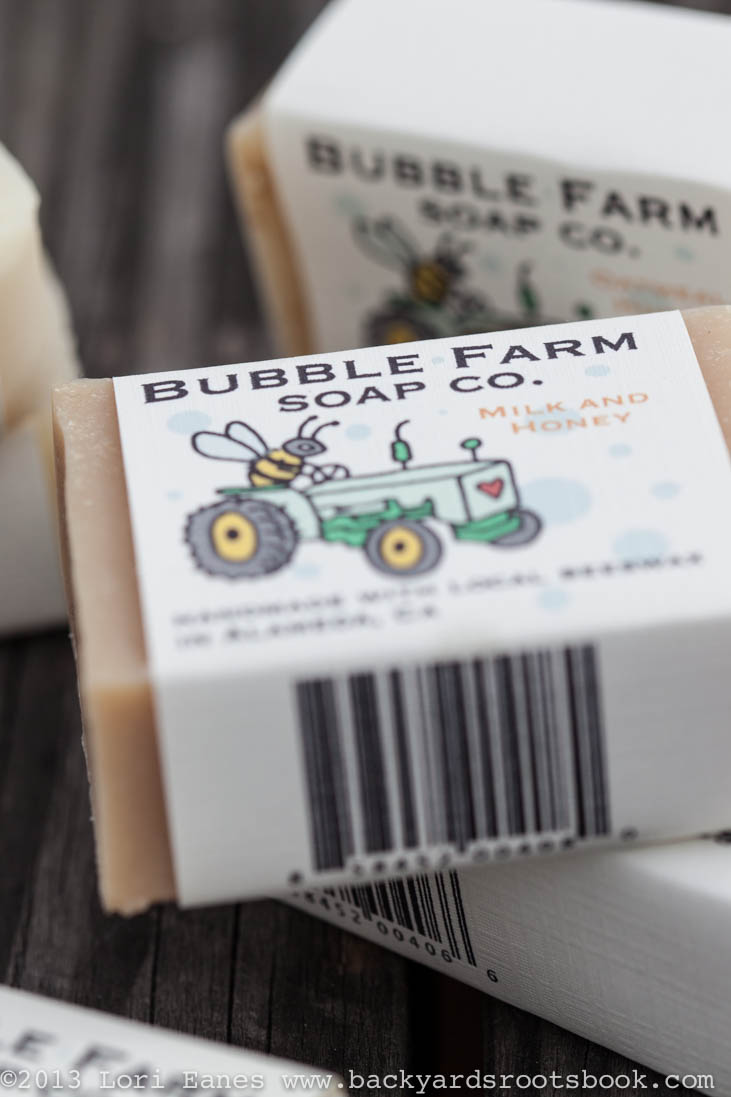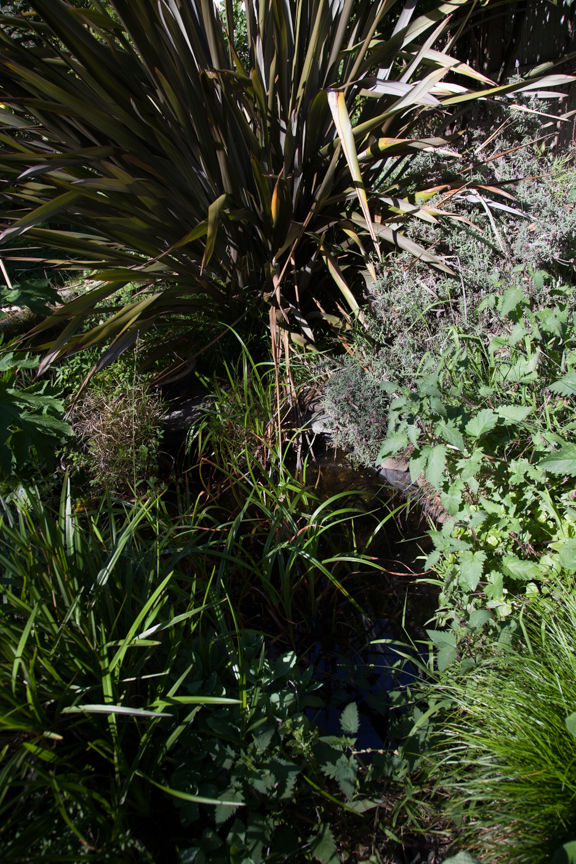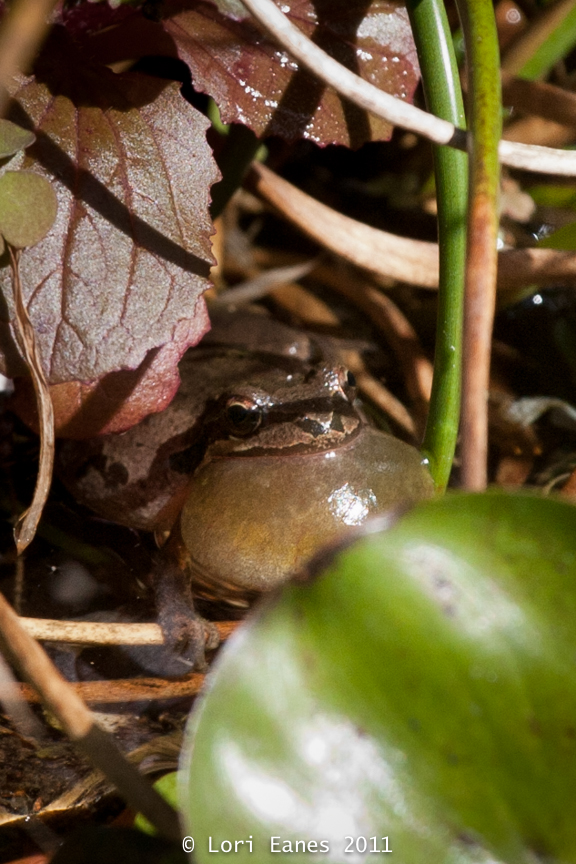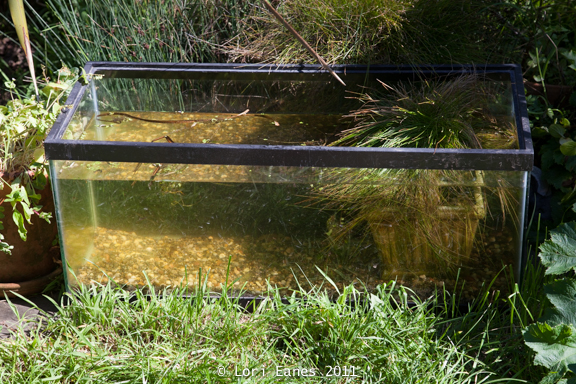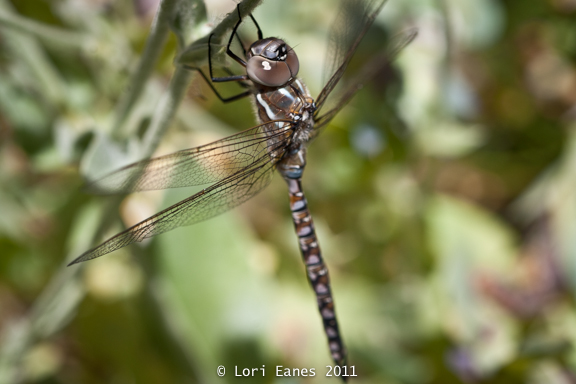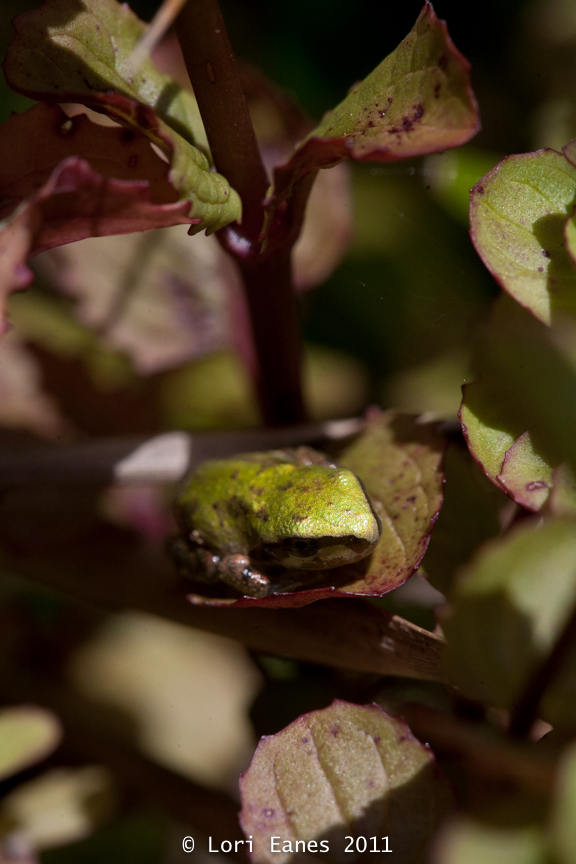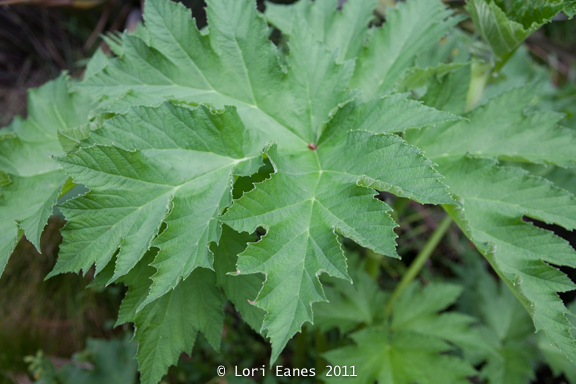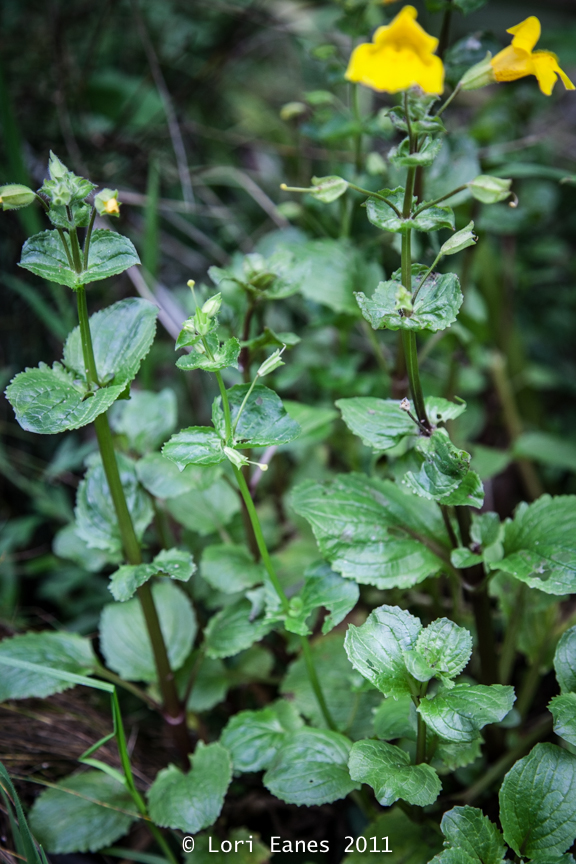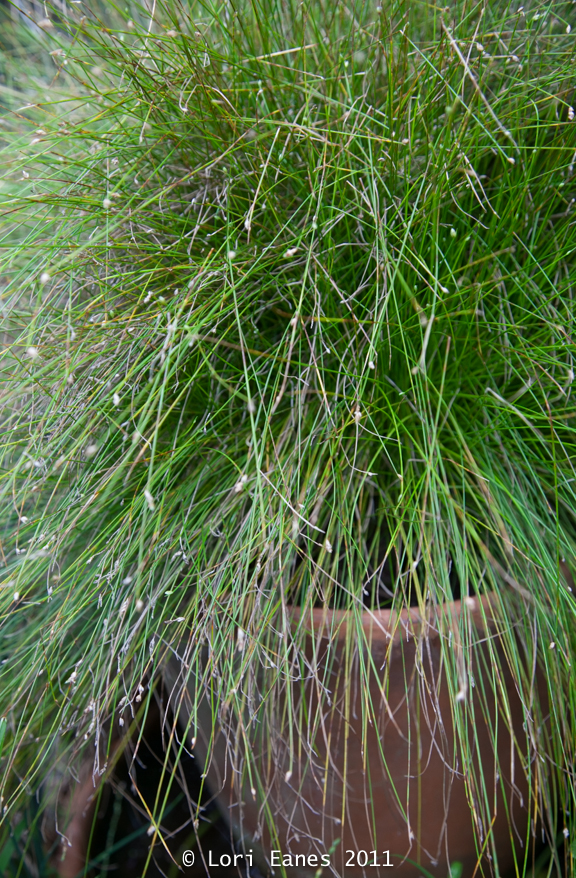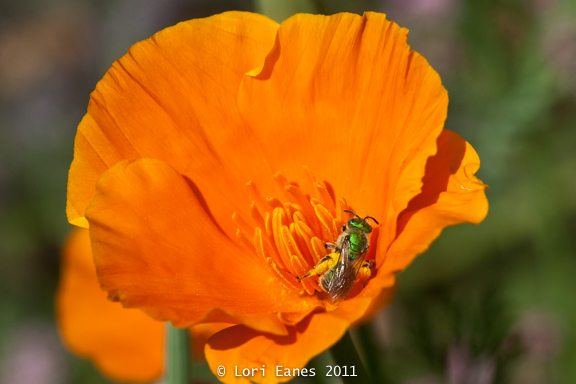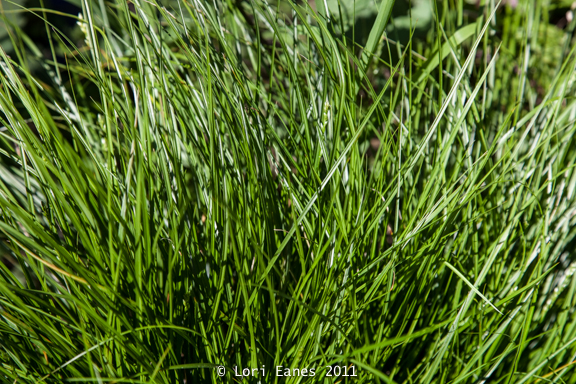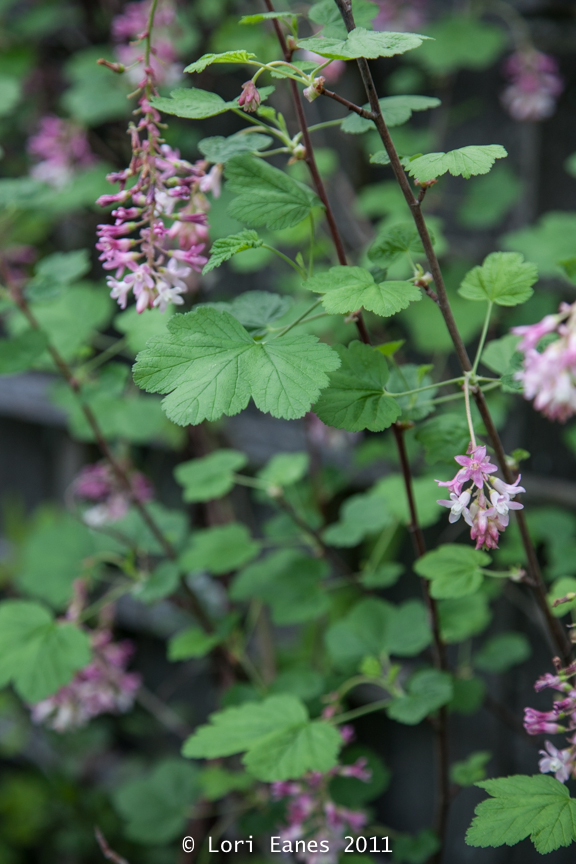Recently I met Jean Chen and Christian Bauer when I photographed them for a story about local honey for Oakland Magazine. The two own a soap making business called Bubble Farm that makes soap from beeswax and honey. (They also sell other bee products including honey.) I was curious about how they started their business because Jean said she was never someone who was into making homemade soap. It was the honey that first made them think about beekeeping. She “never really thought about honey” till she tasted the raw unpasteurized version back in 2007. It was like nothing she’d ever experienced before. It must have made an impression because it was not long afterwards that she and Chris joined the San Francisco Beekeepers Association and got two backyard hives. As they began harvesting the honey they found lots of interested buyers in the extra honey but they didn’t know what to do with all the leftover wax. Chris began experimenting, making soap with it. After about a year of perfecting the recipe they found friends and family really liked what they were making. They began selling the soap to the same stores that bought their honey and the business grew naturally.
Jean, a former tattooist has since taken over the soap business full time, and Chris kept his day job but took over the beekeeping. They now sell soap and honey mostly locally, in over 20 stores and on their website. Their biggest new retailer is Whole Foods and they are currently looking for a bigger space for production. The challenges are staying organized and keeping up with orders from 20 stores. She spends at least one day a week making deliveries and one day a week making soap. The soap has to cure for 60 days so she’s learned to keep about 1000 bars on hand so she can fill orders. At any given time they have between five and seven hives but this year they hope to expand to about a dozen hives. Her advice to new those who want to start a business: “be good with numbers.” You need to figure out the profit margin and stay organized but she says it’s rewarding “creating something and getting it out there.”
